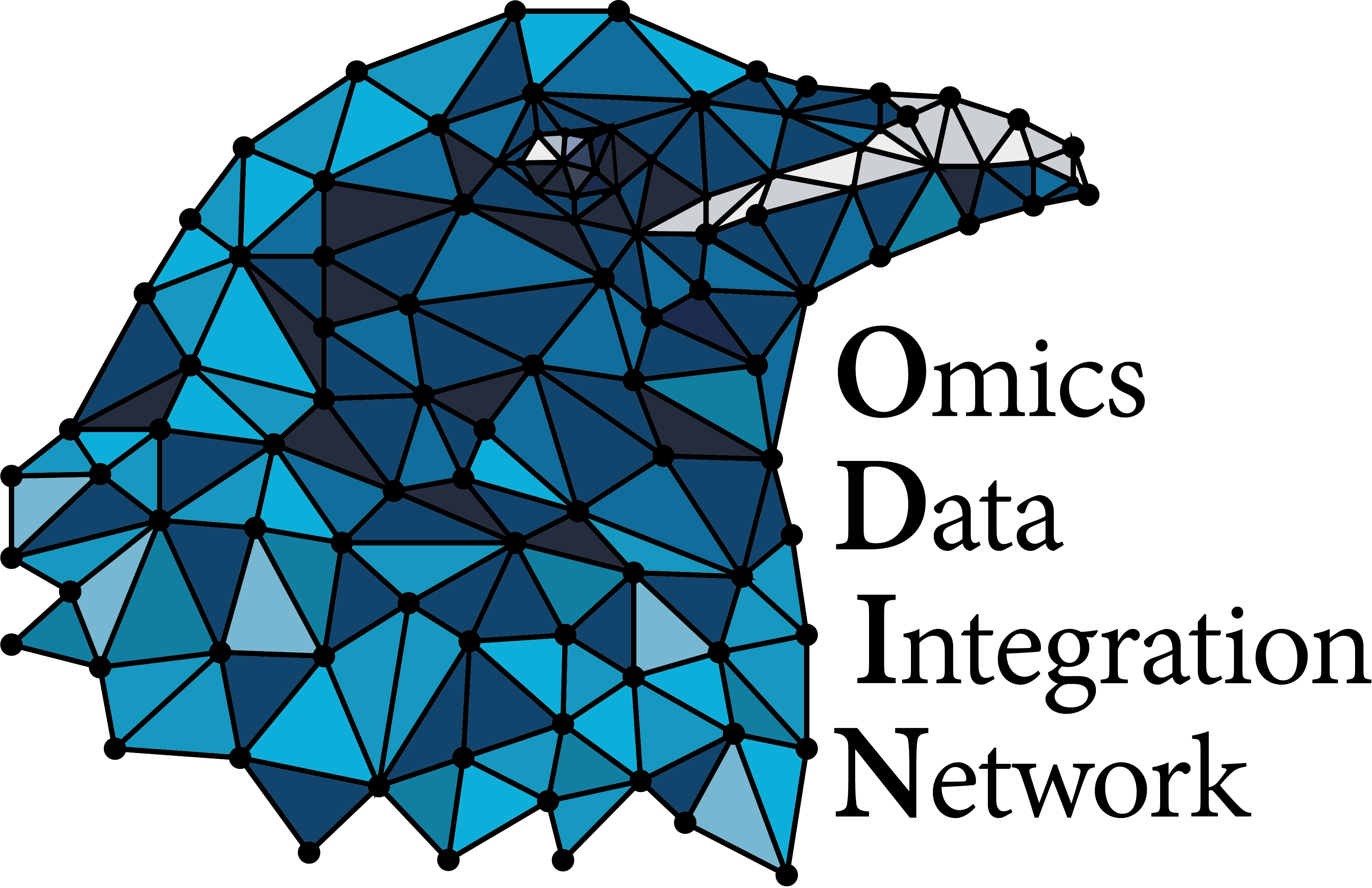Types of generated omics assays
Cytometry Assays
Spectral flow cytometry
Cytometry
Single-cell
Lipidomics Assays
Lipid MS-MS spectra data
Lipidomics
Bulk
Proteomics Assays
Peptide MS-MS spectra data
Proteomics
Bulk
Transcriptomics Assays
Image-based spatial gene expression
Transcriptomics
Spatial
Sequencing-based spatial gene expression
Transcriptomics
Spatial
Single-cell gene expression
Transcriptomics
Single-cell
Bulk gene expression
Transcriptomics
Bulk


